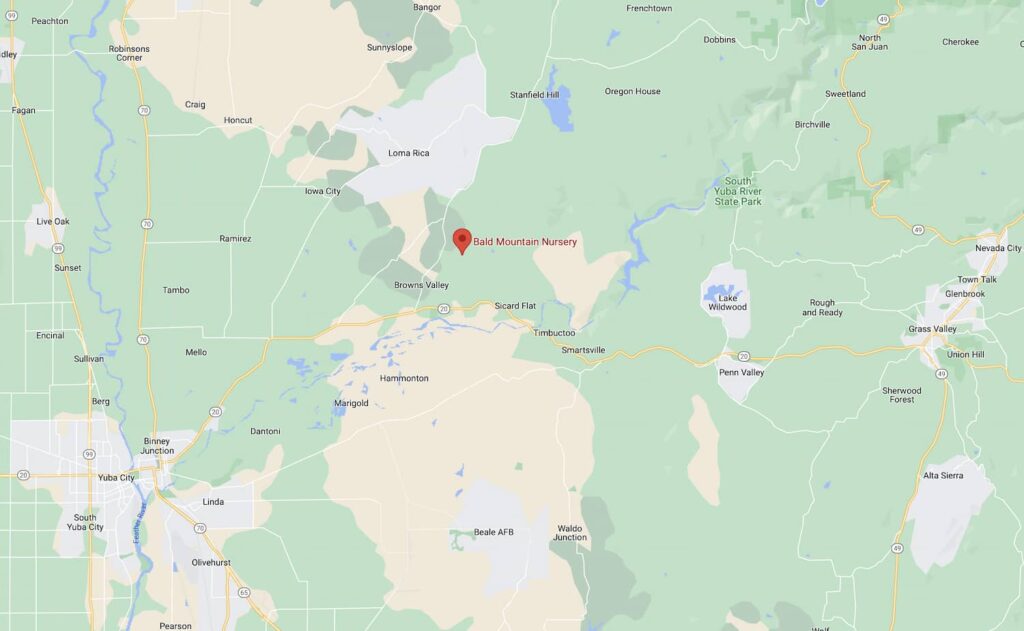September 2013 Newsletter
Fall Planting Season Fall is almost here. The days are getting shorter and the nights are getting cooler. It’s been a little warm so far the last wekk or so but it will be cooling soon. The official first day of autumn is September 22nd. The wether is expected to cool down starting Sunday and next week the forecast is for the 80’s. Fall is definietly in the air. Time to get out and do fall planting. THAT MEANS FALL PLANTING SEASON IS HERE!  Fall is the best time for planting just about everything, paritcularly trees. Plants that are planted in fall get the cooler weather to get roots established without the stress of the heat and transplant shock and continue to establish roots even after they lose their leaves. They will continue root devlopment with  the fall and winter rains. The roots then are established and the tree or shrub is ready to take off and grow next spring and is well established before the heat of the summer and can tolerate the summer heat much better than the same plant put out in the spring. The inventory here at the nursery looks great. It …

